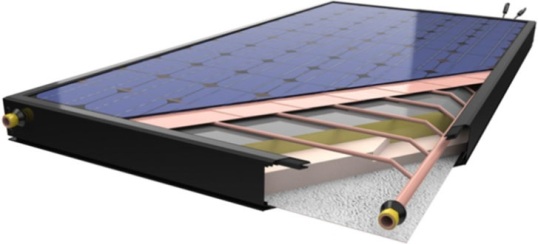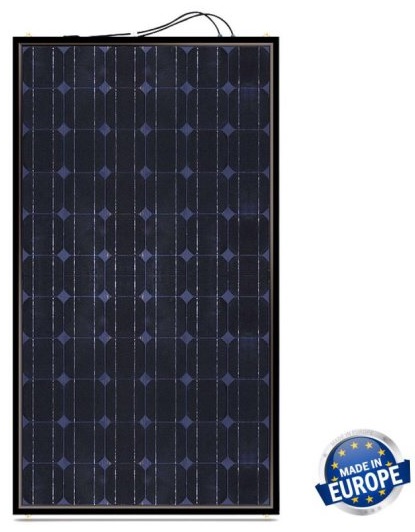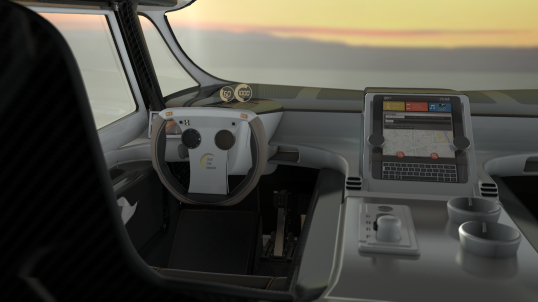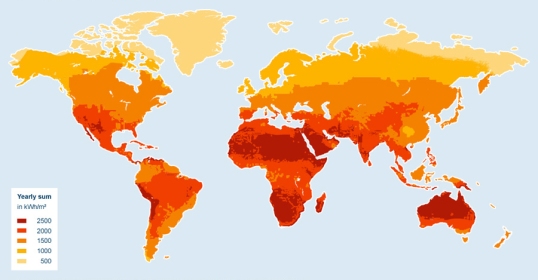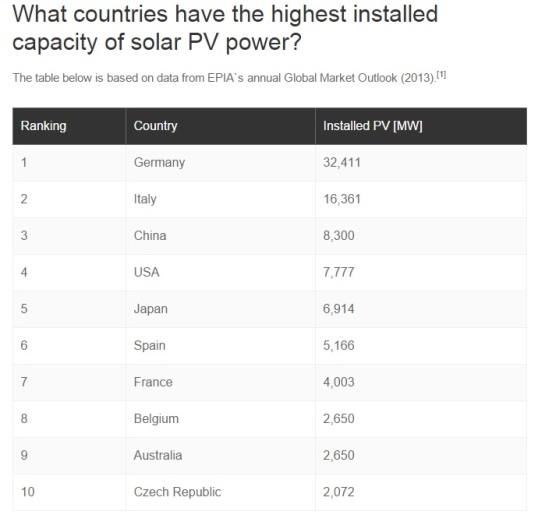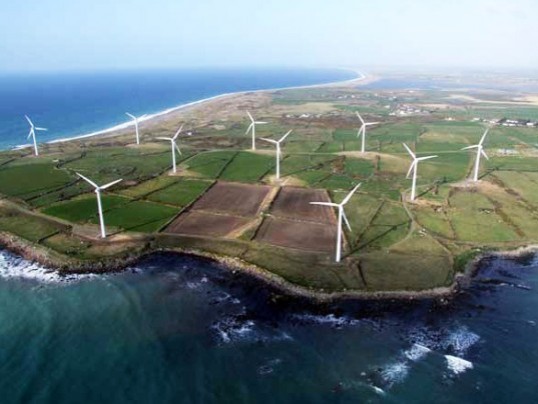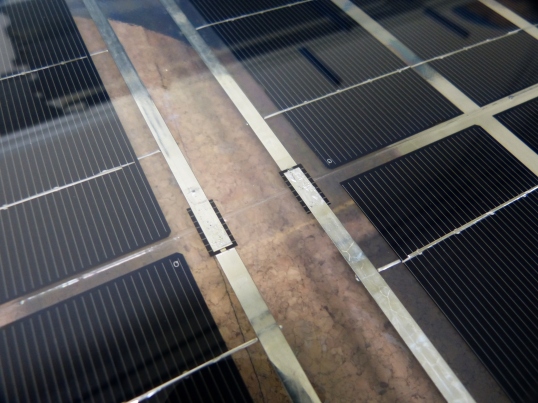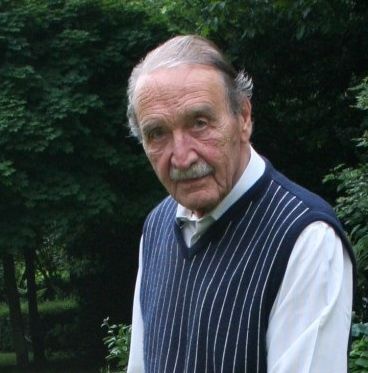 [source]
[source]
[spiegel.de] – Athen will ganz schnell neu verhandeln –> Athens wants rapid negotiations.
Editor: Europe should have no hurry at all to speak with the OXI-morons. Europe has clearly stated that a ‘no’ means a Grexit. Athens should begin printing drachma. We will send some food aid and that’s it. We advice the king size army of Greece to standby and maintain order. Or perhaps take over government in case things get out of control, as they possibly will when the lights literally go out. Expect Angela Merkel and others to become the focal point of Greek hate. Today already a German camera team was stoned, apparently a habit there in the eastern Mediterranean. Thankfulness is a quality of noble people, not of the Greeks. The more you give them, the more they hate you.
Reactions from German convatives:
Scharfe Reaktionen aus der Union: “Die EU ist kein Wünsch-dir-was-Verein, in dem die einen die Spielregeln individuell bestimmen, und die anderen das Ganze bezahlen”, twittert CDU-Vizechefin Julia Klöckner. Die CSU setzt nach: “Gute Nacht, Griechenland. Ihr geht jetzt einen ganz schweren Weg.” Generalsekretär Andreas Scheuer spricht vom “linken Erpresser und Volksbelüger” Tsipras. Beim verbalen Zündeln nehmen sich deutsche und griechische Politiker nichts.
They all denounce Greece. CSU: “good night, Greece“. General-secretary Andreas Scheuer: “these people are leftist blackmailers and deceivers of the population“. CDU-vice chef Julia Klöckner: “the EU is not a wish something for yourself society and let others pay for it“.
Hear, hear.
Editor: if we were German or Dutch tourists, intending to go to Greece later this summer, we would try to cancel the holiday, as Schaeuble, Merkel and Dijsselbloem will be blamed for what comes next. You are sure you want to take the risk of being mugged, beaten up or taken hostage?
[volkskrant.nl] – Dijsselbloem hoopt op ‘eerlijke’ Griekse politici
Jeroen Dijsselbloem wrote a letter to his own party the PvdA, explaining the events and where he calls for ‘honest Greek politicians’. We have our little suspicion that the OXI-morons Tsipras and Varoufakis don’t quite measure up to the Dijsselbloem’s standards.
[elsevier.nl] – Een euro zonder Griekenland is voor iedereen een opsteker
Syp Wynia: a euro without Greece is better for everybody.
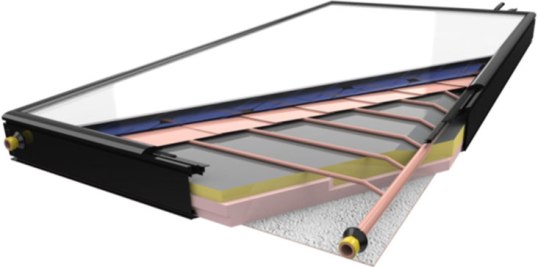 Conventional thermal solar collector
Conventional thermal solar collector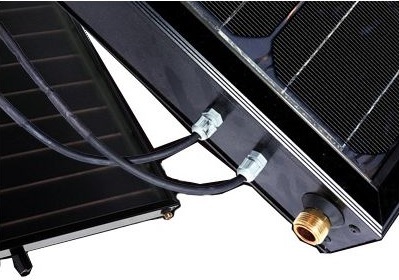
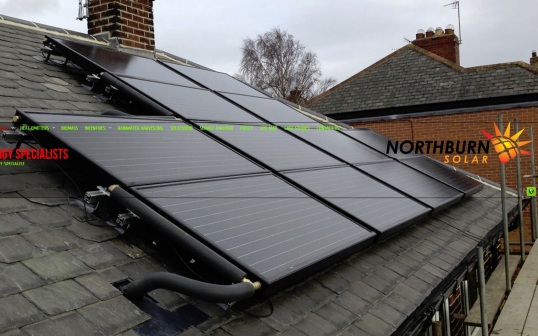 [source] Robust two-edged sword
[source] Robust two-edged sword